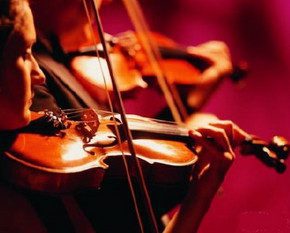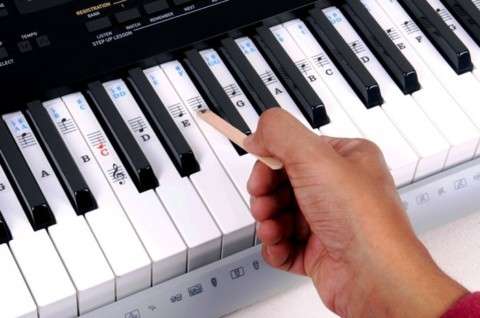
The opera “Don Giovanni” is an ageless masterpiece
Contents
The great masters believed that music is just an imitation of human singing. If so, any masterpiece pales in comparison to an ordinary lullaby. But when vocals come to the fore, this is already the highest art. Here the genius of Mozart knows no equal.
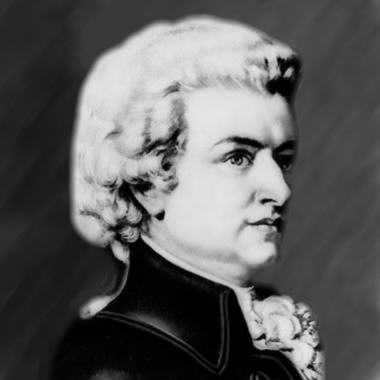
Wolfgang Mozart wrote his most famous operas during a period when the composer’s ability to fill music with his feelings was at its peak, and in Don Giovanni this art reached its culmination.
Literary basis
It is not entirely clear where the story about the fatal heartthrob came from in European folklore. For several centuries, the image of Don Juan wanders from one work to another. Such popularity suggests that the story of the seducer touches on human experiences that do not depend on the era.
For the opera, Da Ponte reworked a previously published version of Don Giovanni (authorship attributed to Bertati). Some characters were removed, making the remaining ones more expressive. The role of Donna Anna, which Bertati appeared only at the beginning, has been expanded. Researchers believe that it was Mozart who made this role one of the main ones.

The image of Don Juan
The plot on which Mozart wrote music is quite traditional; it was well known to the public of that time. Here Don Juan is a scoundrel, guilty not only of seducing innocent women, but also of murder, and many deceptions, through which he lures women into his networks.
On the other hand, throughout the entire action, the main character never takes possession of any of the intended victims. Among the characters there is a woman deceived and abandoned by him (in the past). She relentlessly follows Don Giovanni, saving Zerlina, then calling her former lover to repentance.
The thirst for life in Don Juan is enormous, his spirit is not embarrassed by anything, sweeping away everything in its path. The character’s character is revealed in an interesting way – in interaction with other characters in the opera. It may even seem to the viewer that this happens by accident, but this is the intention of the authors.
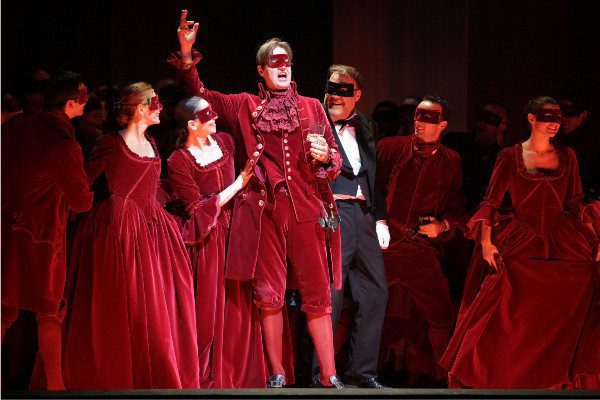
Religious interpretation of the plot
The main idea is about retribution for sin. Catholicism especially condemns carnal sins; the body is considered the source of vice.
The influence that religion had on society just a hundred years ago should not be underestimated. What can we say about the times in which Mozart lived? The open challenge to traditional values, the ease with which Don Juan moves from one hobby to another, his insolence and arrogance – all this was considered a sin.
Only in recent decades has this type of behavior begun to be imposed on young people as a role model, even a kind of heroism. But in the Christian religion, such a thing is not only condemned, but is worthy of eternal torment. It’s not so much the “bad” behavior itself, but the unwillingness to give it up. This is exactly what Don Juan demonstrates in the last act.
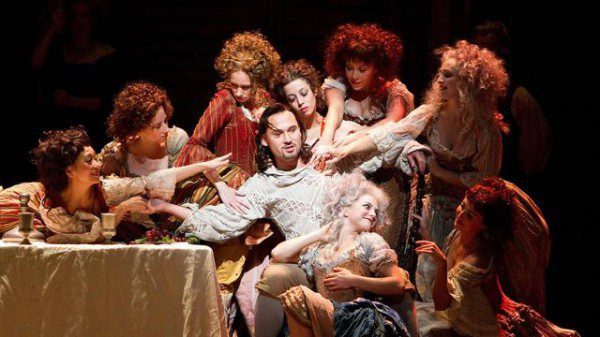
Female images
Donna Anna is an example of a strong woman driven to revenge for her father’s death. Fighting for her honor, she becomes a true warrior. But then she seems to forget that the villain tried to take her by force. Donna Anna remembers only the death of her parent. Strictly speaking, at that time such a murder was not considered worthy of trial, because two noblemen fought in an open fight.
Some authors have a version according to which Don Juan actually possessed Donna Anna, but most researchers do not support it.
Zerlina is a village bride, simple but passionate in nature. This is the character closest to the main character in character. Carried away by sweet speeches, she almost gives herself up to the seducer. Then she also easily forgets everything, finding herself again next to her fiancé, meekly awaiting punishment from his hand.
Elvira is Don Juan’s abandoned passion, with whom he communicates before his meeting with the Stone Guest. Elvira’s desperate attempt to save her lover remains fruitless. The parts of this character are full of strong emotions that require special performing talent.
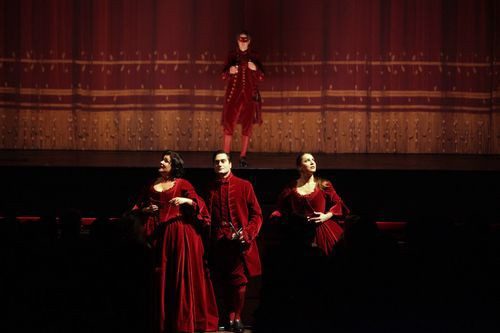
The final
The appearance of the Commander, who seems to be hammering out his lines while standing motionless in the middle of the stage, looks truly terrifying for the participants in the action. The servant is so distraught that he tries to hide under the table. But his owner bravely accepts the challenge. Although he very soon realizes that he is faced with an irresistible force, he does not retreat.
It’s interesting how different directors approach the presentation of the entire opera in general and the finale in particular. Some use stage effects to the maximum, enhancing the effect of the music. But some directors leave the characters without particularly lavish costumes, use a minimal amount of scenery, giving first place to the artists and orchestra.
After the main character falls into the underworld, his pursuers appear and realize that retribution has been accomplished.

General characteristics of the opera
The author has taken the dramatic component in this work to a new level. Mozart is far from moralizing or buffoonery. Despite the fact that the main character commits unsightly things, it is simply impossible to remain indifferent to him.
The ensembles are especially strong and can be heard quite often. Although a three-hour opera requires significant effort from the modern unprepared listener, this is connected, rather, not with the peculiarities of the operatic form, but with the intensity of passions with which the music is “charged.”
Watch Mozart’s opera – Don Giovanni



